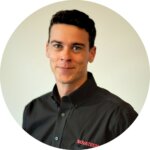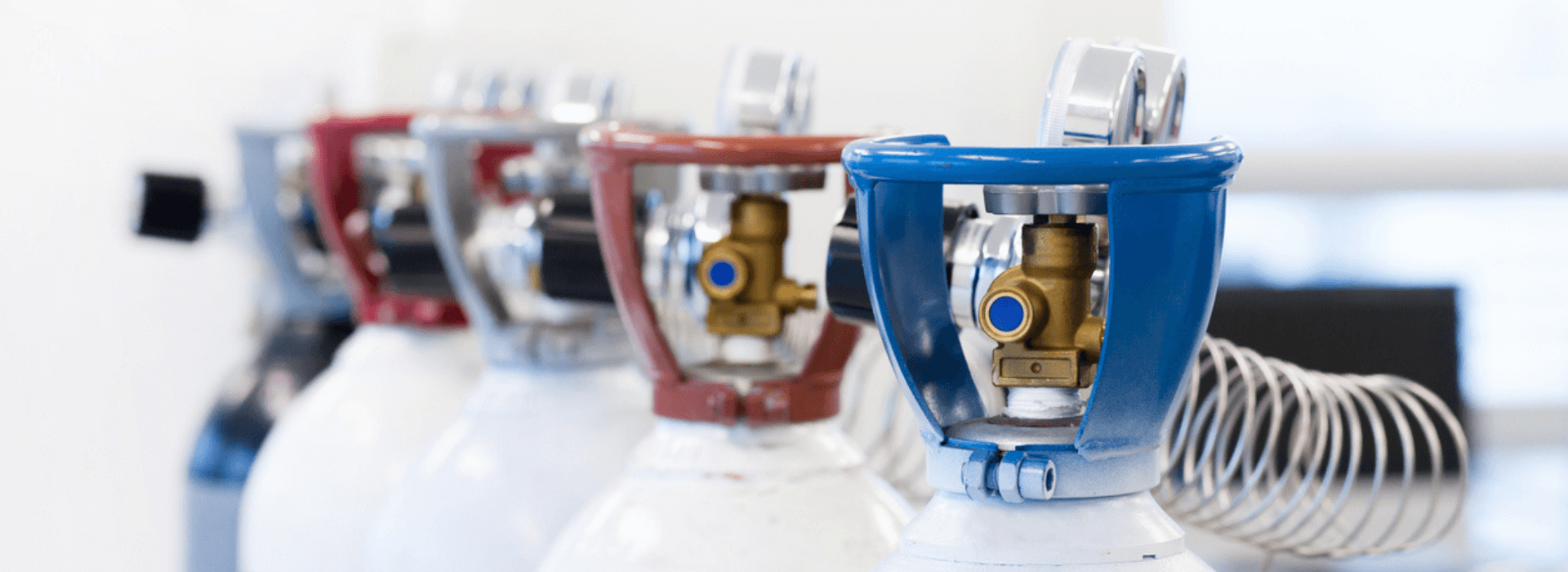
In industrial environments where hazardous gases may be present, fixed gas detectors are not optional—they are essential. These devices serve as your first line of defence, continuously monitoring for toxic, combustible, or oxygen-deficient atmospheres that could jeopardize worker safety and plant operations.
However, even the most advanced gas detection system is only as reliable as its most recent calibration. Over time, sensors drift. Conditions change. And if left unchecked, even minor inaccuracies can lead to dangerous false readings—or worse, a failure to detect a critical event at all.
What you’ll learn:
The difference between calibration and validation—and why both are essential for safety
When and how often gas detectors should be calibrated for optimal performance
Best practices for choosing the right calibration equipment and materials
When to use surrogate gases or gas generators for specific sensor applications
How to monitor sensor health using T90 and other key performance indicators
Calibration vs. Validation: More Than Just Semantics.
One of the most common misunderstandings in gas detection maintenance is the confusion between calibration and validation (also known as a bump test). Both serve vital but distinct roles:
- Calibration is a formal process where a known concentration of gas is applied to the sensor, and the detector’s output is adjusted to match the expected value. It ensures the accuracy of the sensor.
- Validation is a simpler check, verifying that the detector responds appropriately to a test gas without altering any internal settings.
While calibration should be performed at intervals recommended by the manufacturer—often every 3 months, depending on the sensor and environment—validation can be done more frequently. Weekly or even daily bump tests may be appropriate in high-risk or high-traffic areas.
The key takeaway: Don’t over-calibrate. Improper or excessive calibration can introduce errors. Validate frequently, calibrate thoughtfully.
Material Compatibility: Avoiding Errors at the Molecular Level.
When working with corrosive or reactive gases like chlorine, hydrogen sulphide, or ammonia, it’s not enough to focus solely on gas concentration. The materials used in your calibration setup matter—a lot.
If calibration gases interact with the internal surfaces of tubing or regulators, results can be distorted. To preserve accuracy:
- Use stainless steel or Teflon-lined tubing for corrosive gases
- Avoid rubber or other reactive materials that may absorb or degrade gases
- Ensure all fittings and regulators are chemically compatible with the gas in use
These considerations are not just technical preferences—they are necessary safeguards against incorrect readings and long-term sensor damage.
When Gas Generators Make Sense.
For stable gases like methane or carbon monoxide, traditional certified gas cylinders are typically sufficient for calibration. They’re affordable, readily available, and easy to transport.
However, some gases degrade rapidly or are hazardous to store—chlorine dioxide, ozone, and hydrogen peroxide are prime examples. In such cases, gas generators offer a safer and more precise alternative by producing gas on demand in exact concentrations.
Gas generators are also beneficial when your application requires multiple concentration levels of the same gas, enabling more flexible and controlled calibration routines.
Pair precision calibration with the reliability of the 700 Series Fixed Gas Detectors, CSA-approved, SIL 2-certified, and built for hazardous zones.
The Role of Surrogate Gases in Fixed Gas Detector Calibration.
There are scenarios where using the target gas for calibration is simply not feasible—either because it’s too dangerous, too reactive, or legally restricted. In these cases, surrogate gases are used.
A surrogate gas is a substance that elicits a comparable response from the gas detector’s sensor. Manufacturers provide cross-reference data that specify which surrogate gases can be used for each sensor type and target gas. This approach maintains safety and compliance while ensuring calibration accuracy is not compromised.
Using surrogate gases correctly requires a solid understanding of sensor behaviour and proper interpretation of manufacturer guidelines—but when done right, it’s a powerful tool in your calibration strategy.
Measuring Sensor Health: T90 and Performance Tracking .
Every calibration is also an opportunity to evaluate sensor performance. One of the most important metrics to monitor is T90—the time it takes for the detector to reach 90% of the applied gas concentration.
A slow or delayed response may indicate sensor degradation, contamination, or other age-related issues. Tracking T90 over time allows you to:
- Identify sensors nearing end-of-life
- Compare performance across multiple detectors
- Improve preventative maintenance schedules
Early detection of declining performance not only extends the life of your detection system, but it also enhances site safety and operational continuity.
Need help building a reliable gas detection maintenance plan? Ask us how we support industrial sites across Canada.
Final Thoughts: Calibration Is More Than a Checkbox.
Fixed gas detectors protect lives, but only when they’re functioning accurately. Regular, well-executed calibration is the cornerstone of that reliability. It ensures that what your detectors see—and more importantly, what they don’t see—reflects the reality of your environment.
From choosing the right calibration method to understanding material compatibility and response times, every aspect of this process plays a role in shaping a safer, smarter gas detection program.
In gas detection, as in safety itself, trust is earned, and accuracy must be verified.
Be the first to read our articles

Written by Félix Lalande-Hendershot
Technical Sales Representative
Write to Félix at: lalandehf@novatech.ca

